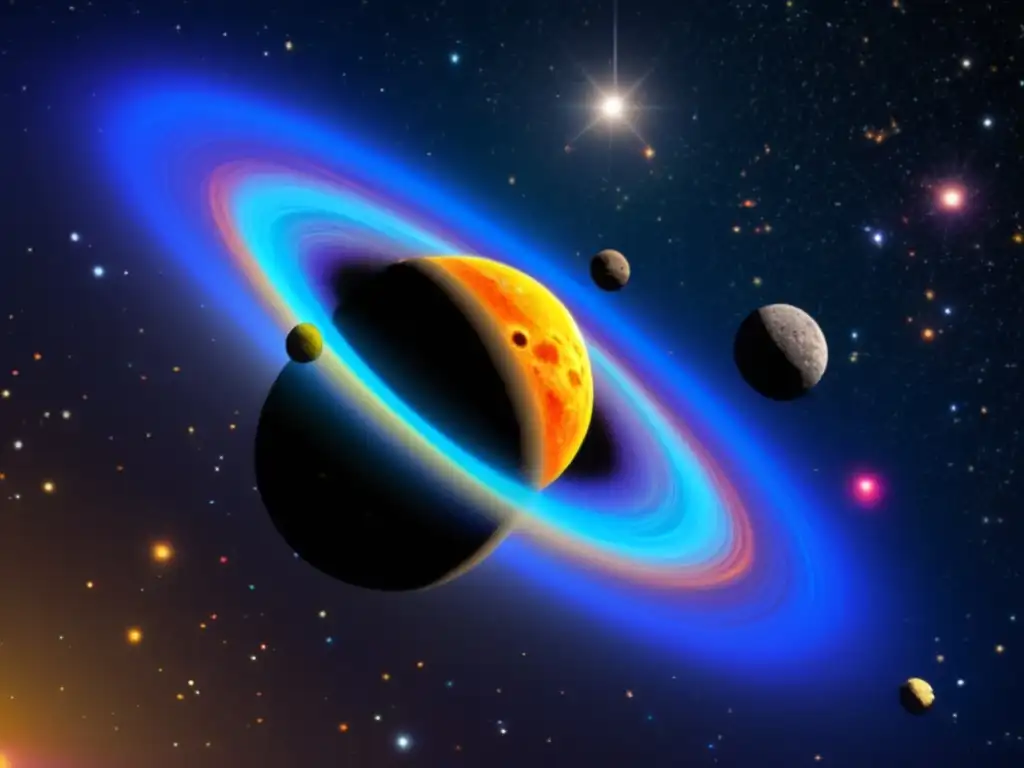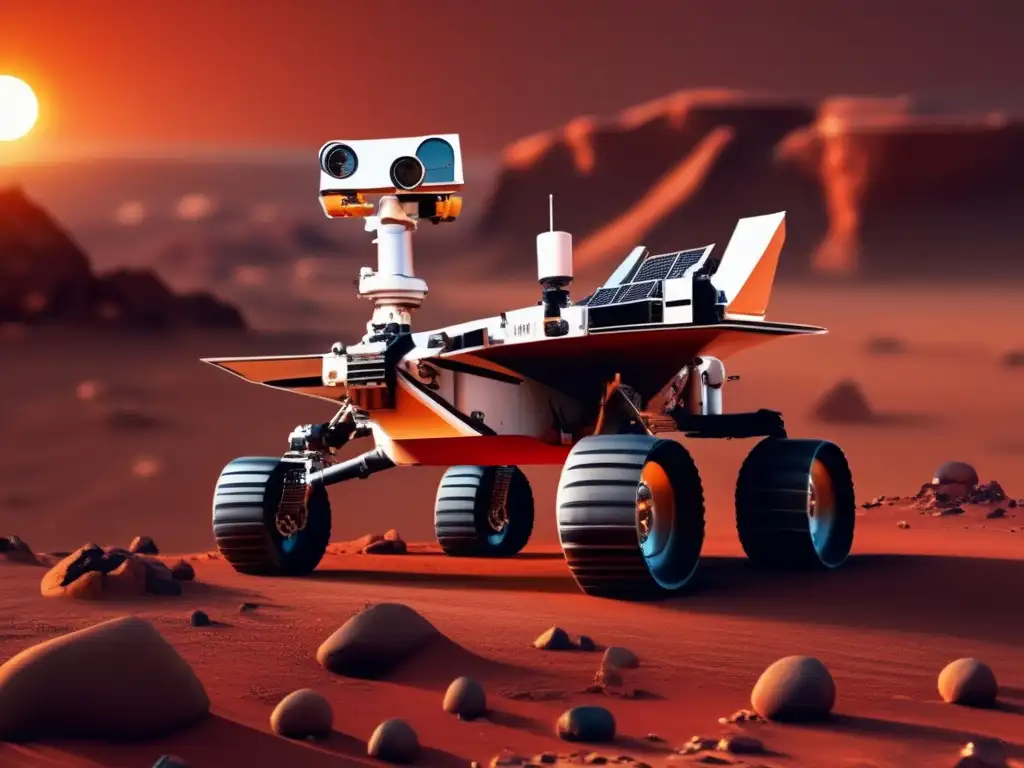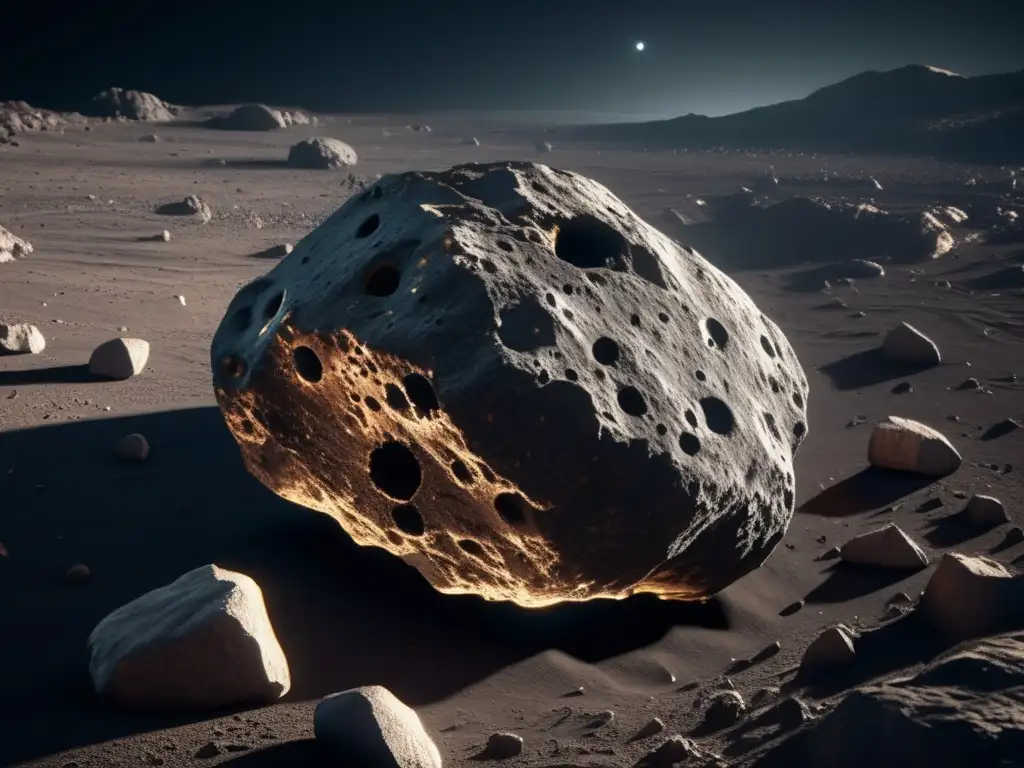Asteroids And The Possibility Of Life Beyond Earth

Introduction
The question of whether life exists beyond earth has fascinated scientists, astronomers, and exobiologists for centuries. Although the possibility of finding extraterrestrial life in our solar system is still uncertain, asteroids have become an essential target for space missions due to their potential for carrying organic matter and water, the building blocks of life. In this article, we will explore the possibility of life existing beyond earth and how asteroids could offer a clue in the search for extraterrestrial life.
Asteroids as a Source of Organic Matter

Carbonaceous Chondrites: The Organic-Rich Asteroids
Carbonaceous chondrites are a class of meteorites that contain some of the oldest and most primitive materials found in our solar system. They are rich in organic matter, including amino acids, hydrocarbons, and other complex organic compounds. These organic materials were likely formed in the interstellar medium and preserved in carbonaceous chondrites after the formation of the solar system.
The Role of Asteroids in the Origin of Life on Earth
It is believed that comets and asteroids bombarded the early earth with water and organic matter. This theory, known as panspermia, suggests that life on earth may have originated from these extraterrestrial sources. Evidence supporting this theory includes the detection of amino acids and other organic molecules in comets and asteroids.
Asteroids as a Potential Habitat for Microbial Life
Recent studies have shown that microorganisms can survive in extreme environments, including the vacuum of space, high radiation, and low temperatures. It is possible that asteroids could provide a habitat for microbial life, especially those that contain water and organic matter. Future space missions to asteroids could help determine whether microbial life exists or has ever existed on these celestial bodies.
Asteroids and Water

Water-Rich Asteroids: The Key to Life Beyond Earth?
Water is essential for life, and the presence of water on asteroids is an exciting prospect in the search for extraterrestrial life. Some asteroids contain large amounts of water, either in the form of hydrated minerals or as ice. The discovery of water on asteroids raises the possibility of using them as a resource for future space exploration and colonization.
The Origins of Water on Asteroids
One theory suggests that water on asteroids came from comets, which are rich in water ice. Comets may have collided with asteroids, depositing their water content on their surface. Another theory suggests that water was formed through chemical reactions on the asteroid's surface, such as the reaction between hydrogen gas and the oxygen in silicate minerals.
Exploring Asteroids for Water
Several space missions have been launched to explore asteroids in search of water. The Japanese spacecraft Hayabusa2 recently returned samples from the asteroid Ryugu, which is thought to contain water and organic matter. NASA's OSIRIS-REx mission is currently orbiting the asteroid Bennu, which also contains water and organic matter. These missions could provide valuable insights into the origin and distribution of water in our solar system.
The Challenges of Finding Life Beyond Earth

The Fermi Paradox: Where are the Aliens?
The Fermi paradox is the contradiction between the high probability of extraterrestrial civilizations existing and the lack of evidence for their existence. There are several possible explanations for this paradox, including the possibility that intelligent life is rare, or that civilizations may self-destruct before they can make contact with other life forms.
The Search for Technosignatures
One way to detect extraterrestrial civilizations is by searching for technosignatures, which are signs of technological activity. These could include radio signals, artificial structures, or other traces of technology. Several initiatives have been launched to search for technosignatures, such as Breakthrough Listen and the Search for Extraterrestrial Intelligence (SETI).
The Role of Asteroids in the Search for Extraterrestrial Life
Asteroids could provide valuable clues in the search for extraterrestrial life by offering a glimpse into the early solar system and its potential for supporting life. By studying asteroids and their composition, scientists may be able to determine whether life exists beyond earth and how it may have originated.
Frequently Asked Questions

-
Can asteroids support complex life forms?
While it is unlikely that asteroids could support complex life forms, some asteroids may provide a habitat for microbial life.
-
Why are carbonaceous chondrites important in the study of asteroids?
Carbonaceous chondrites are rich in organic matter and provide valuable insights into the origins of life on earth and the potential for life beyond earth.
-
How are space missions exploring asteroids for signs of life?
Space missions such as Hayabusa2 and OSIRIS-REx are collecting samples from asteroids that contain water and organic matter, which could provide clues in the search for life beyond earth.
-
What is the Fermi paradox?
The Fermi paradox is the contradiction between the high probability of extraterrestrial civilizations existing and the lack of evidence for their existence.
-
What are technosignatures?
Technosignatures are signs of technological activity and could be used to detect extraterrestrial civilizations.
Conclusion
The possibility of life existing beyond earth is a tantalizing prospect that continues to captivate scientists and researchers. While the search for extraterrestrial life is still in its early stages, asteroids offer a promising avenue for exploration. By studying asteroids and their composition, scientists may be able to determine whether life exists beyond earth and how it may have originated. The importance of space missions to asteroids cannot be overstated, as they provide valuable insights into the early solar system and our potential for discovering life beyond earth.
We encourage readers to share their thoughts on the topic in the comments section below and to actively participate in the exploration of our solar system. Subscribe to www.asteroidrealm.com to stay updated on the latest developments in asteroid research and space exploration.
Additional Resources

For those interested in delving deeper into the topic of asteroids and extraterrestrial life, we recommend the following resources:
- NASA Asteroid Exploration Program
- Search for Extraterrestrial Intelligence (SETI) Institute
- National Geographic: Asteroids
 The Cosmic Gardeners: Asteroids And The Seeding Of Life
The Cosmic Gardeners: Asteroids And The Seeding Of Life From Asteroids To Cells: The Cosmic Origins Of Life
From Asteroids To Cells: The Cosmic Origins Of Life The Genesis Of Life: A Look At The Role Of Asteroids
The Genesis Of Life: A Look At The Role Of AsteroidsIf you want to discover more articles similar to Asteroids And The Possibility Of Life Beyond Earth, you can visit the Asteroids and Extraterrestrial Life category.
Leave a Reply

Articulos relacionados: